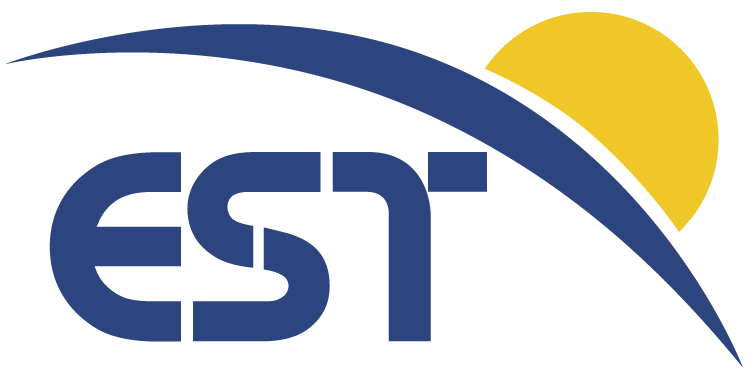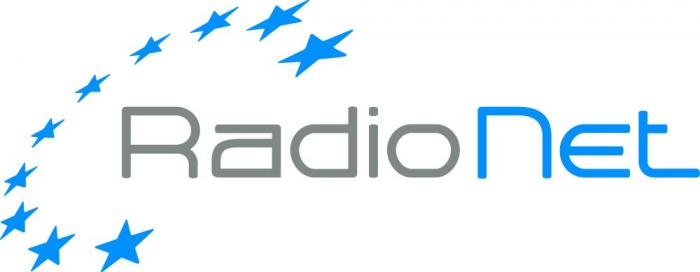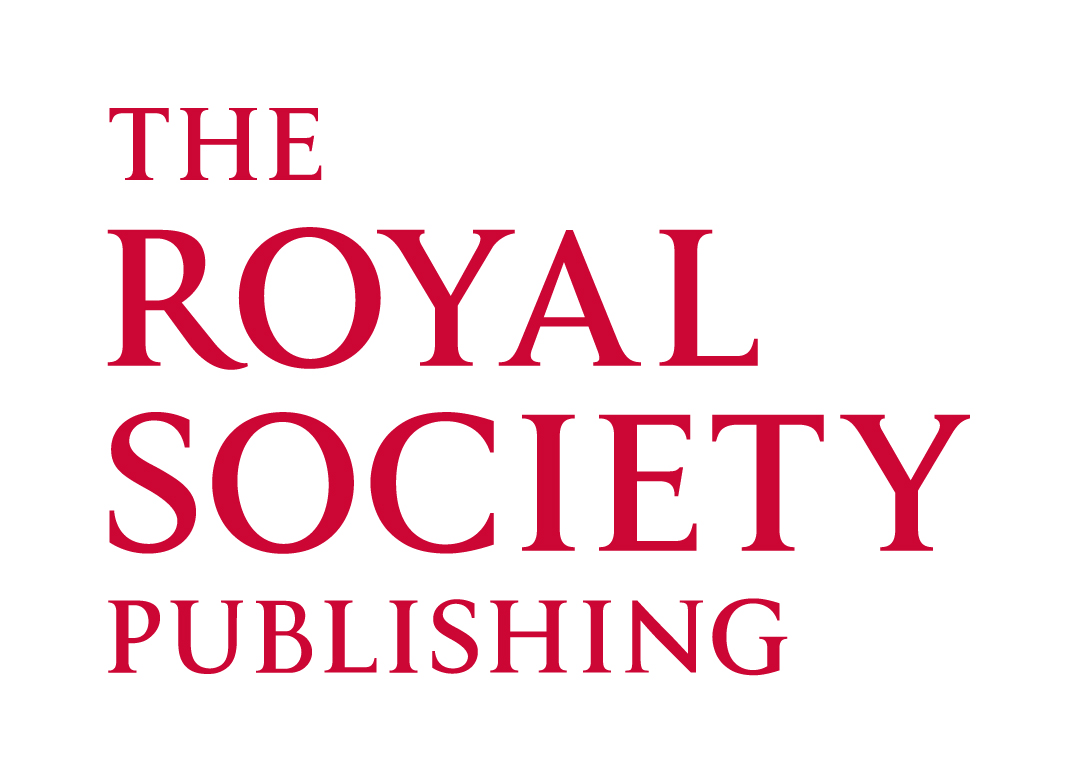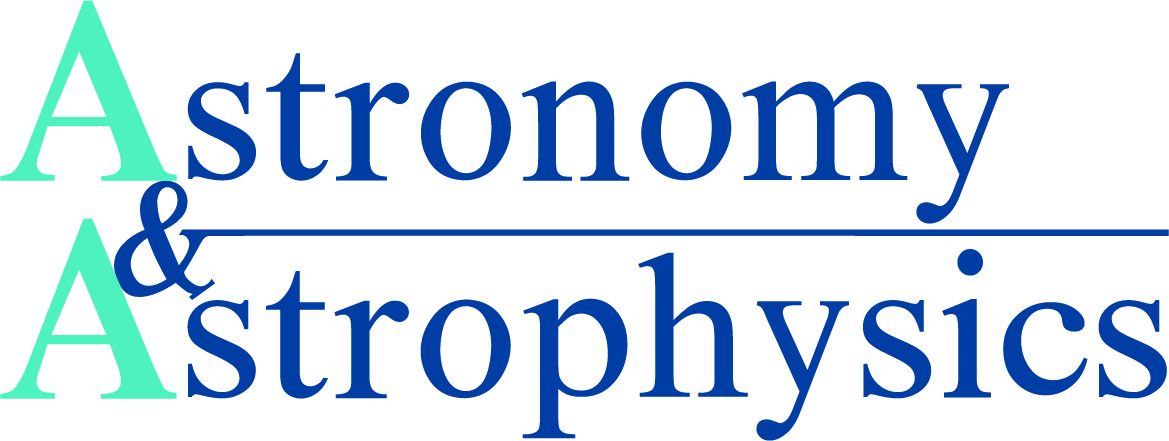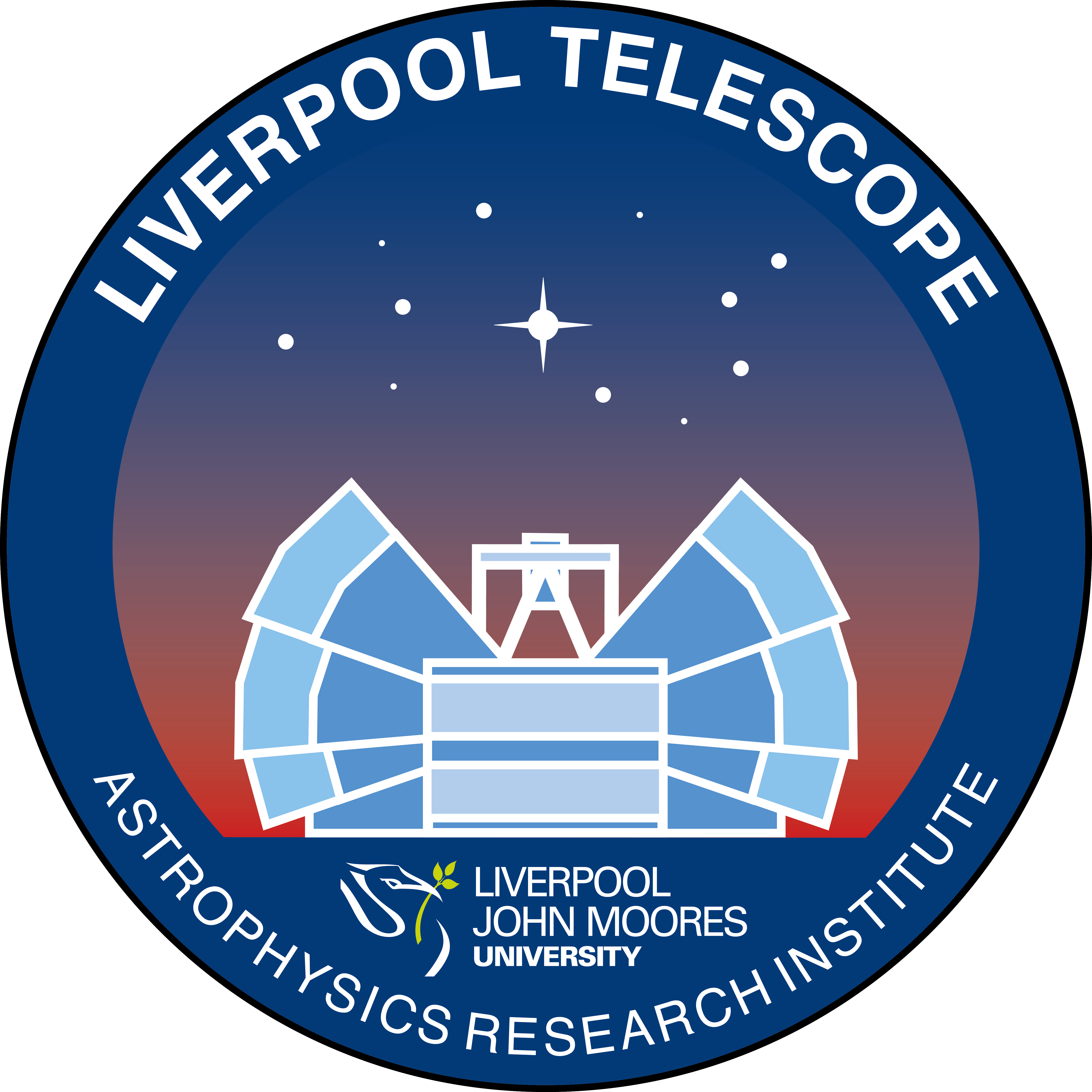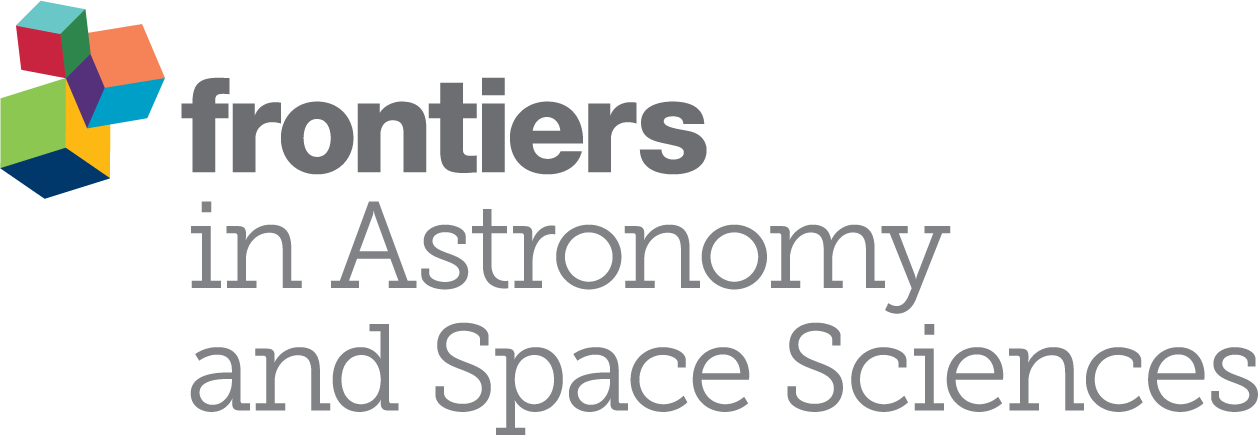Special Session SS18
6 April 2018
Multimessenger Astronomy with Gravitational Waves
Aims and scope
Gravitational waves (GWs) are one of the most remarkable predictions of Einstein's general theory of relativity. These ripples in the curvature of space-time are caused by some of the most violent and energetic processes in the Universe, such as coalescing black holes/neutron stars and core-collapse supernovae. Last year, 100 years after the prediction, GWs were finally detected and reported by the LIGO GW observatory, marking the start of a new era of astronomy. The handful of events detected so far have already raised new astrophysical questions. With further improvements planned for LIGO and Virgo, and other GW detectors (LIGO India, Japanese KAGRA) coming online, a large number of gravitational-wave events are expected to be discovered in the coming years.
Of particular interest are neutron star - neutron star and black hole - neutron star mergers, which are likely to be detected in the near future (and a neutron star merger has just been detected!). These are leading candidates for short Gamma-Ray Burst progenitors, and various electromagnetic (EM) signals should be associated with these GW events. With EM counterparts, we will be able to identify the host galaxy and its surrounding environment. It should also be possible to connect GW observations to a wealth of other transient phenomena, such as supernovae and other new sources. This session aims to bring together scientists working on theoretical/numerical modelling of gravitational sources and multi-wavelength/messenger observations, including radio, optical, x-ray, high energy gamma-rays, and neutrinos.
We will adhere to the ESA policy regarding diversity and non discrimination. We will give the opportunity to young researchers to present their works, and we will promote equity and fair-play between native and non-native English speakers. We will also take into account gender balance for invited and contribution talks. We will actively seek contributions from underrepresented parts of the astronomical community, if needed.
Programme
- Electromagnetic counterparts of gravitational wave events
- Theoretical models and implications to observations
- Multi-messenger counterparts
- Current and future followup observations
- Data mining/classification and machine learning techniques
- Numerical models of gravitational wave sources
- Astrophysics of GW sources
- GW observational status
- Multi-frequency GW science (LISA, DECIGO)
Invited speakers
- Brian Metzger(Columbia) EM Counterpart Theory
- Stephan Rosswog (Stockholm) Numerical Simulations
- Wen-fai Fong (Northwestern) Short GRBs
- Judith Racusin (NASA/GSFC) Fermi/Swift observations
- Mansi Kasliwal (Caltech) Ground-based Follow-Up
- Gianluca Guidi (Urbino) LIGO/Virgo GW observation status
Scientific organisers
Shiho Kobayashi (LJMU), Chris Copperwheat (LJMU), Francesco Pannarale (Cardiff),
Daniel Perley (LJMU), Elena Pian (INAF), Danny Steeghs (Warwick), Patrick Sutton (Cardiff), Bing Zhang (UNLV)
Contact
Shiho Kobayashi: S.Kobayashi @ ljmu.ac.uk
Updated on Tue Dec 05 19:19:43 CET 2017
|
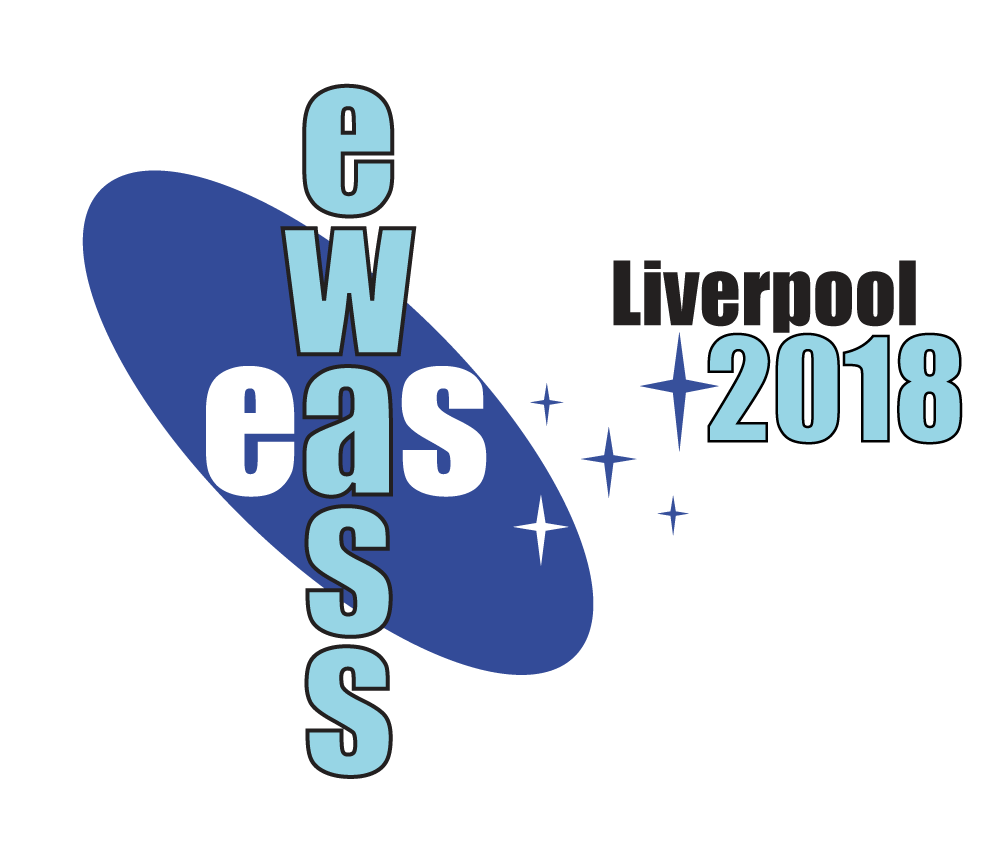
 A power cut will shut down all EAS services on Tuesday, 10 January 2017 starting at 7:30 CET.
A power cut will shut down all EAS services on Tuesday, 10 January 2017 starting at 7:30 CET.






